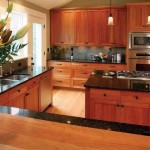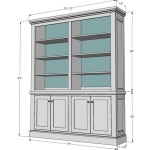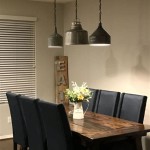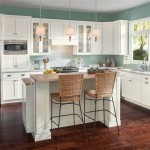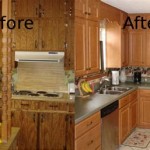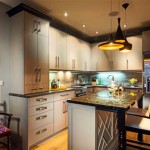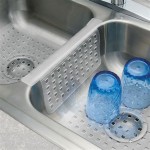Are you looking to give your kitchen a fresh look without breaking the bank? Kitchen cabinet resurfacing is a great way to do just that! With cabinet resurfacing, you can update the look and feel of your kitchen without having to replace all of your cabinets. This guide will take you through the basics of kitchen cabinet resurfacing, from choosing the right materials to making sure your project is successful.
What is Cabinet Resurfacing?
Cabinet resurfacing is the process of refinishing existing kitchen cabinets to give them a new look and feel. This can be done through painting, staining, or refacing and is a great way to update the look of your kitchen without spending a lot of money. Cabinet resurfacing can be done on wood, laminate, or metal cabinets and is a great way to update the look of your kitchen without having to buy all new cabinets.
Choosing the Right Materials
When it comes to cabinet resurfacing, the right materials are key. You want to make sure that you choose materials that are durable and will last a long time. If you are painting your cabinets, you want to choose a paint that is designed for cabinets and will be able to withstand the wear and tear of everyday use. If you are staining or refacing your cabinets, you want to make sure that you choose a material that is easy to work with and will look great in your kitchen.
Preparing for the Project
Before beginning your cabinet resurfacing project, you want to make sure that you have all of the necessary supplies and tools. You will need sandpaper, primer, paint or stain, brushes or rollers, and other tools such as a screwdriver and drill. You will also want to make sure that you have the right protective gear such as gloves, goggles, and a dust mask. It is also important to make sure that the area is well ventilated, as the fumes from the paint or stain can be hazardous.
The Resurfacing Process
Once you have all of your supplies and tools, you can begin the resurfacing process. Start by sanding the cabinets to remove any dirt, grime, and old paint or stain. Next, apply a coat of primer to the cabinets. Once the primer is dry, you can apply the paint or stain of your choice. After the paint or stain is dry, you can add any hardware or accessories that you want to complete the look. Once everything is dry, your cabinets are ready to be enjoyed!
Conclusion
Cabinet resurfacing is a great way to give your kitchen a new look without breaking the bank. By choosing the right materials and preparing for the project properly, you can ensure that your kitchen cabinet resurfacing project is successful. With the right supplies and tools, you can give your kitchen a fresh look in no time!














Related Posts

